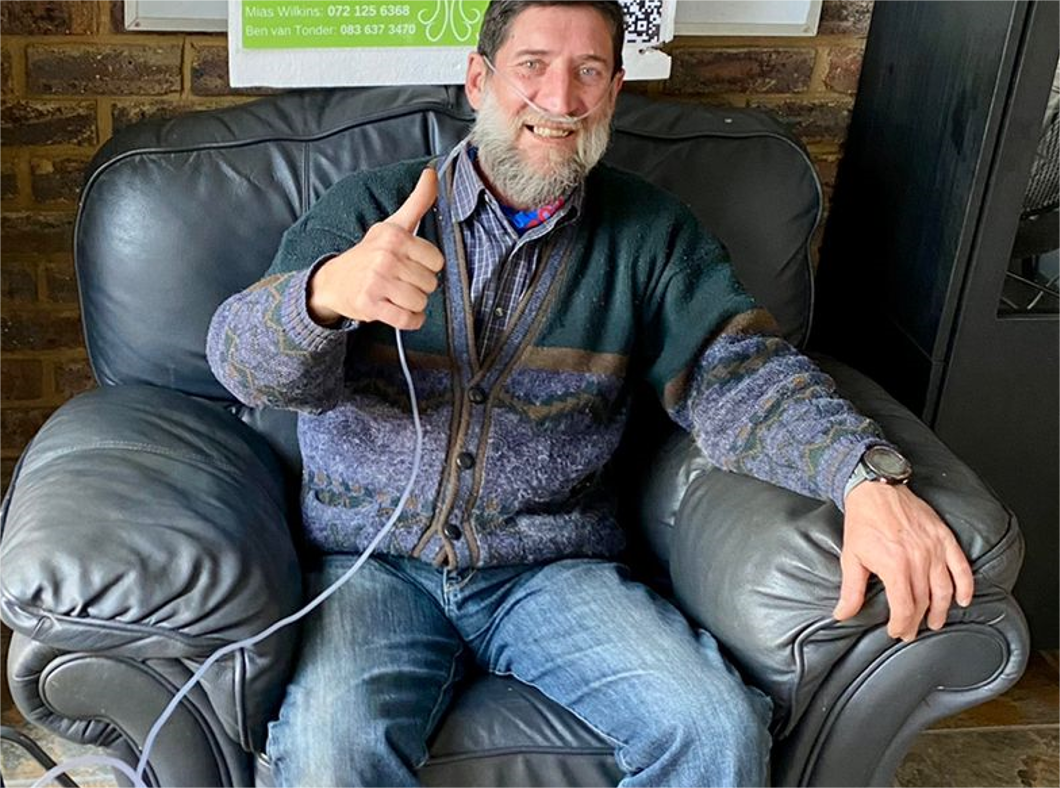Introduction
Portable oxygen concentrators (POCs) have become a vital tool for respiratory patients who want to maintain an active lifestyle. Having a reliable source of oxygen on the go provides much-needed independence and flexibility. But with so many models on the market, how do you pick the right portable concentrator for your needs?
The key is understanding specifications like pulse flow settings, dose standards, and, most importantly, total volume per minute. These technical factors have a direct impact on the effectiveness of your supplemental oxygen therapy. By learning what to look for, you can choose a portable concentrator that delivers adequate, uninterrupted oxygen flows during both rest and physical activity.
In this comprehensive guide, we'll cover the key metrics you need to know to make an informed decision. You'll learn about the human breathing ratio, how pulse flow settings work, the importance of total volume per minute, and product recommendations.
Human Breathing Ratio Sets Oxygen Needs
The first step is understanding normal adult breathing patterns. The average inhalation-to-exhalation ratio is 1:2. That means exhalation lasts about twice as long as inhalation. At rest, the standard oxygen intake per breath is around 500 ml for ambient air.
To replicate normal air, respiratory therapists often recommend a continuous oxygen flow rate of 1 litre per minute. However, portable concentrators use pulse flow, not continuous flow. This means oxygen is only delivered during inhalation. The pulse flow method conserves oxygen, allowing for increased portability and runtimes. But it also means your portable concentrator must provide adequate oxygen volumes per breath to be effective.

How Pulse Flow Settings Work
Pulse flow portable oxygen concentrator settings are labeled with numbers that represent the volume of oxygen delivered with each inhalation. The key specification is pulse volume, measured in ml. Higher pulse flow settings increase total oxygen delivery by providing more pulses per breath. To compare efficiency across different models, you can calculate the equivalent continuous flow rate. But what ultimately matters most is the total volume per minute, which factors in breathing ratios and device response times.
Why You Should Focus on Total Volume Per Minute
Total volume per minute indicates the maximum amount of oxygen a portable concentrator can actually provide per minute on any given setting. It is a more accurate measure of real-world performance than marketing claims about continuous flow equivalents or maximum pulse volumes alone.
Total volume per minute is determined by:
- Pulse volume
- Pulse frequency based on settings
- Average inhalation-to-exhalation ratio
- Device response time and oxygen delivery lag
This key specification must be listed in the user manual. Two identical pulse flow settings on different models can have very different total volumes per minute. There can even be variability from one patient to the next based on individual factors like breathing rate.
For effective therapy, respiratory patients need an adequate total volume per minute to maintain healthy blood oxygen saturation levels. Patients with higher oxygen needs may require larger total volumes, especially during physical activity or exercise.

Why Larger Dose Standards Offer More Security
For most portable oxygen users, especially moderately to very active users, concentrators with large dose standards provide the best balance of effectiveness, flexibility, and convenience. Here are some key advantages of larger-dose models:
- Accommodate greater oxygen needs during exercise and exertion
- Provide headroom to increase settings if health declines
- Reduce the likelihood of unsatisfactory therapy experiences
- Offer greater peace of mind about long-term oxygen security
A larger total volume capacity also allows for emergency temporary boosts, like the Lovego's emergency mode. This can be helpful to quickly overcome periods of breathlessness.
Spotlight: Leading Large Dose Standard Portable Oxygen Concentrators
- The SimplyGo Mini provides up to 1,000 ml per minute of oxygen.
- The Inogen One G5 offers up to 1,260 ml per minute.
- The Lovego delivers an industry-leading 2,000 ml per minute in emergency mode.
The Lovego truly sets itself apart with its high-capacity emergency mode. At the touch of a button, it can temporarily increase oxygen flow by 20%. This provides a surge of up to 2,000 ml per minute when you really need it.
No other portable can match this emergency oxygen delivery. Having that temporary boost available gives Lovego users added flexibility and security. It can help get you through periods of exertion or high altitudes when your oxygen needs spike.
On top of emergency mode, the Lovego provides up to 1,680 ml per minute in normal operation. This leading oxygen capacity combined with built-in oximetry for on-the-go monitoring makes Lovego an ideal choice for unparalleled portable oxygen therapy.

Choose Wisely for Maximum Independence
Understanding metrics like pulse settings and total volume per minute allows you to make an informed decision when selecting your portable oxygen concentrator. Prioritizing larger dose capacity not only empowers freedom of mobility today but provides long-term therapy security as your needs change. With the right portable concentrator matched to your oxygen requirements, you can start experiencing the active, fulfilling lifestyle you deserve.





Laisser un commentaire
Ce site est protégé par hCaptcha, et la Politique de confidentialité et les Conditions de service de hCaptcha s’appliquent.